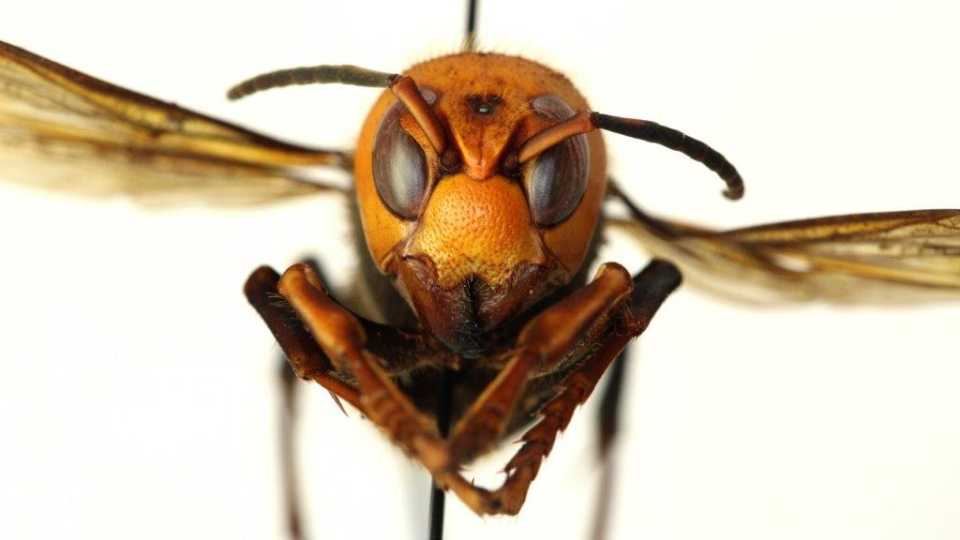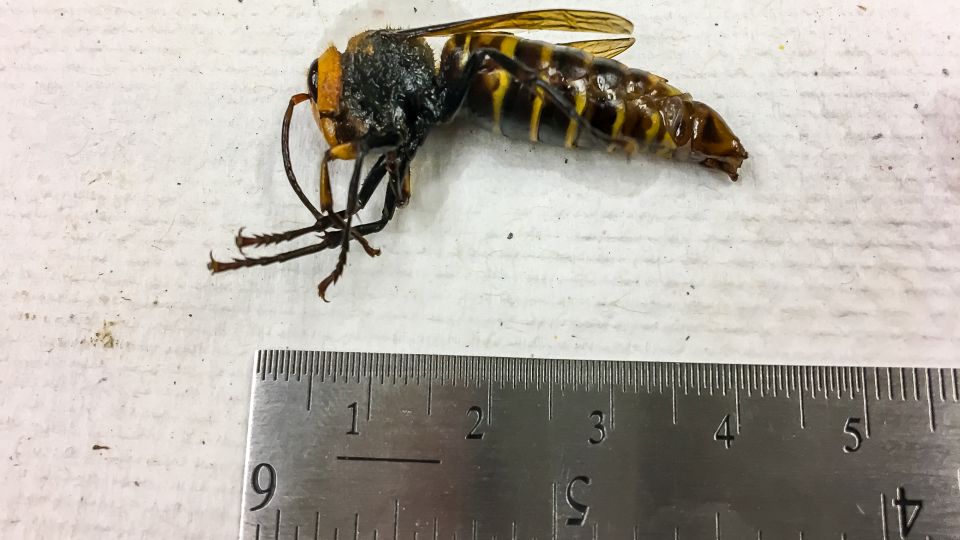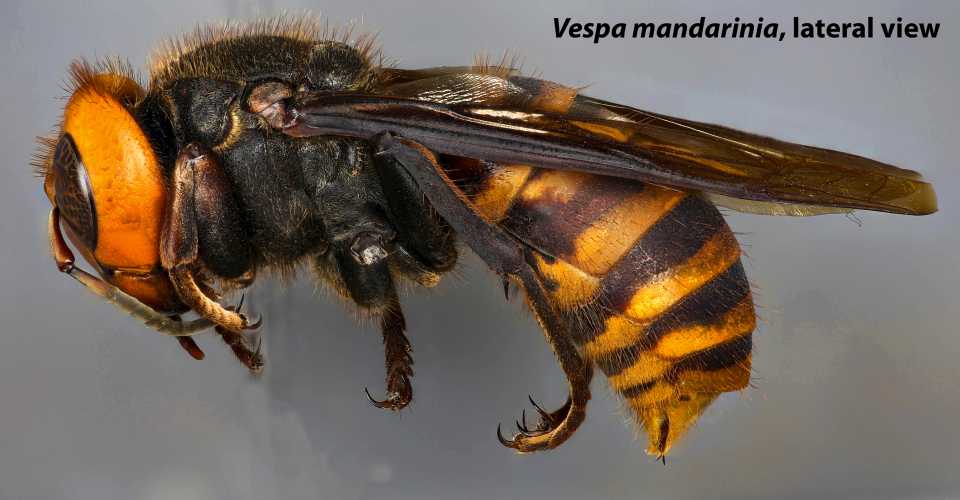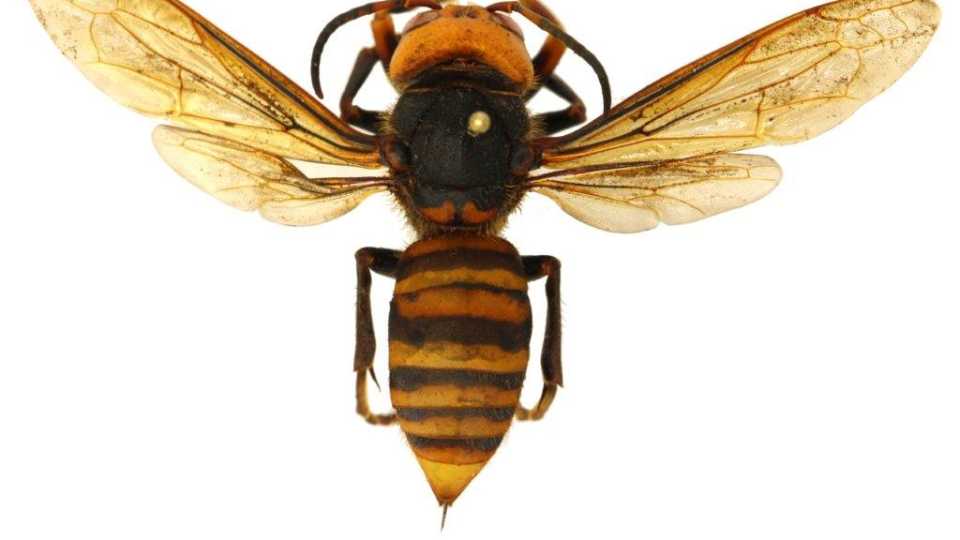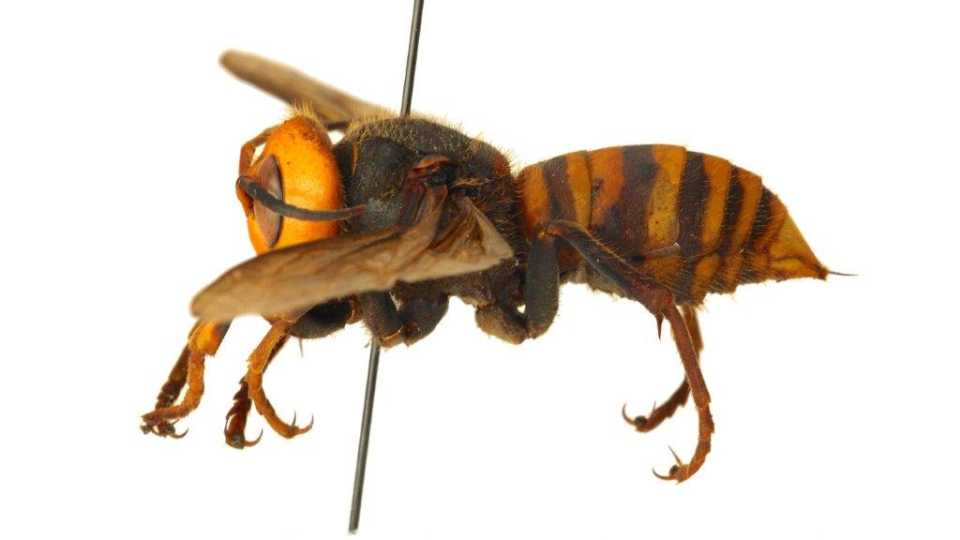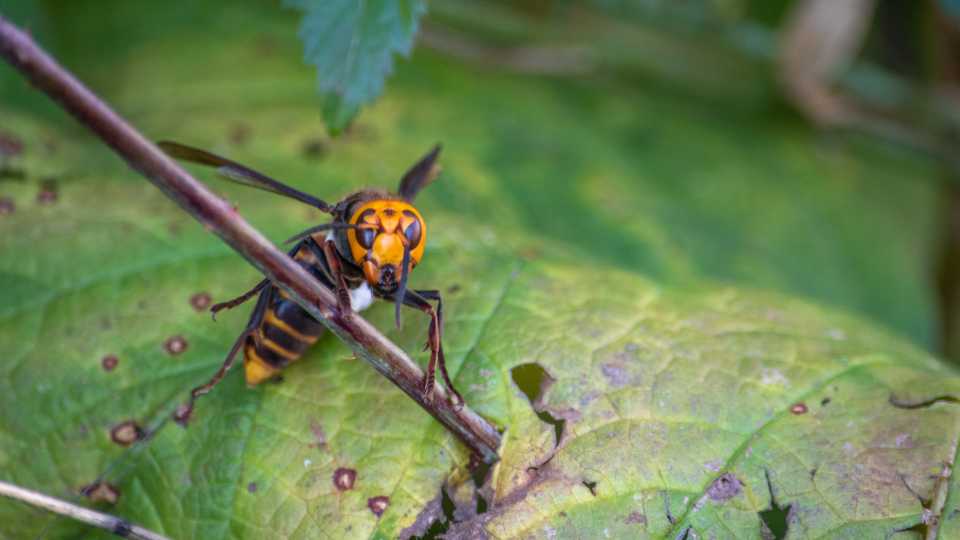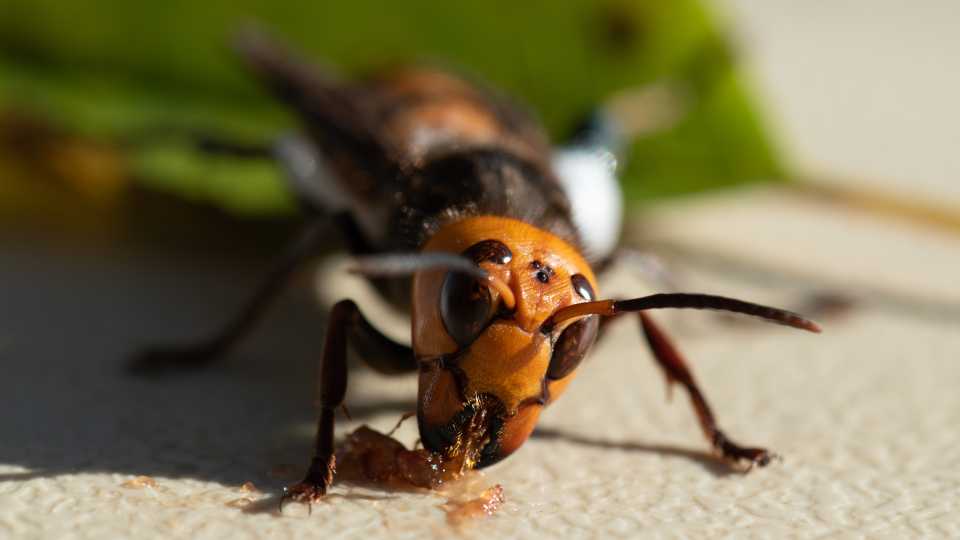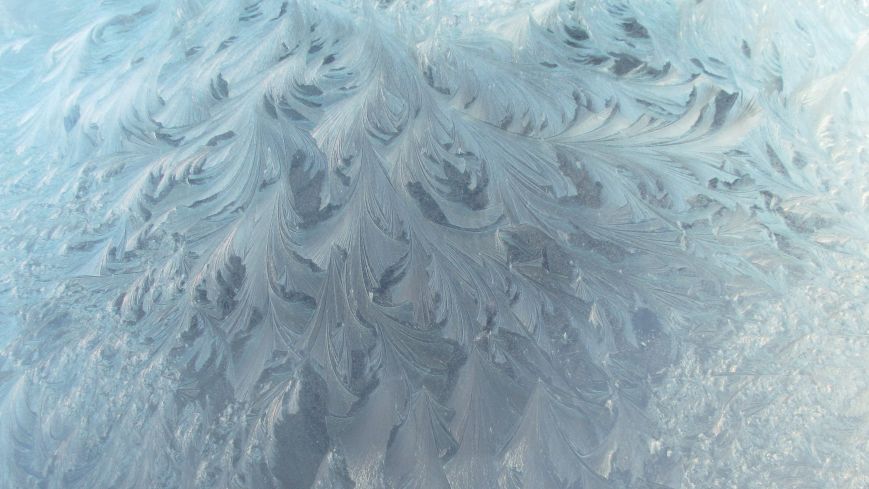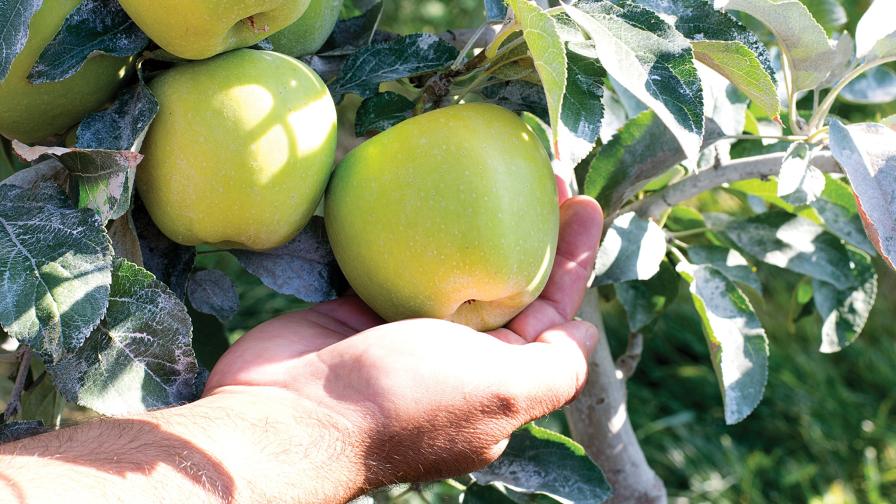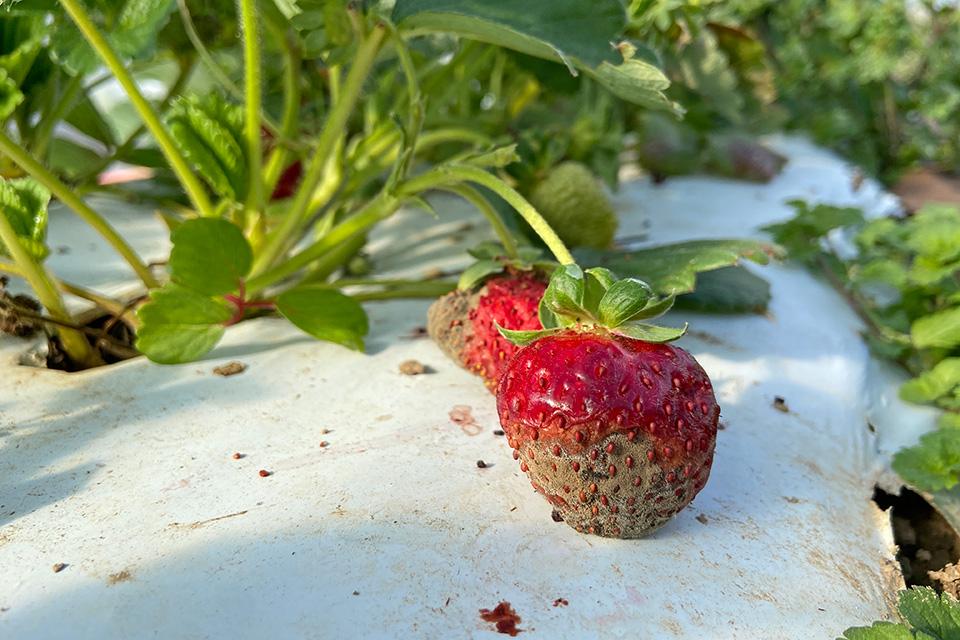Notorious Invasive Insect Pest Has a New Common Name Now
What’s in a name? A lot, according to the Entomological Society of America (ESA), which has recently adopted “northern giant hornet” for the species Vespa mandarinia in its Common Names of Insects and Related Organisms List.
V. mandarinia is known to most folks as the Asian giant hornet or “murder hornet.” The invasive pest native to Asia has been the target of eradication efforts in Washington State and British Columbia after individual hornets were first discovered there in 2019. Plenty of headlines ensued thereafter. These giant hornets are of great concern for beekeepers because they can attack and decimate honey bee colonies in a matter of hours.
“Common names are an important tool for entomologists to communicate with the public about insects and insect science,” says ESA President Jessica Ware. “Northern giant hornet is both scientifically accurate and easy to understand, and it avoids evoking fear or discrimination.”
In 2021, ESA adopted new guidelines for acceptable insect common names, which bar names referring to ethnic or racial groups and names that might stoke fear; the policies also discourage geographic references, particularly for invasive species. The Society also launched the Better Common Names Project, an effort to review and replace insect common names that may be inappropriate or offensive. No common name for V. mandarinia has been previously adopted by ESA, and neither name previously used in mainstream media meets ESA’s guidelines.
Washington State Department of Agriculture Entomologist Chris Looney, who is part of a team researching and attempting to eradicate the hornet, proposed the common name, citing the need for an accessible, accurate name to facilitate simple and inclusive public communication about the insect.
“ESA is grateful to Dr. Looney for proposing this common name,” Ware says. “And we commend the entomologists and colleagues on both sides of the border for their energy and ingenuity in working to prevent the northern giant hornet from gaining a foothold in North America.”
While confirmed sightings have been confined to a single county in Washington and several locations in southern British Columbia, the northern giant hornet could likely find suitable habitat in much of the Pacific Northwest region and beyond if allowed to disperse. It would pose a significant threat to native bees and honey bees, which lack natural defenses against the hornet. How the hornets arrived in North America remains under investigation, though DNA analysis shows hornets on each side of the U.S./Canada border likely did not come from the same location in Asia, suggesting the possibility of more than one introduction.
For more info on the northern giant hornet and eradication updates, visit agr.wa.gov.





